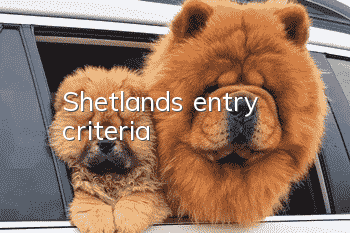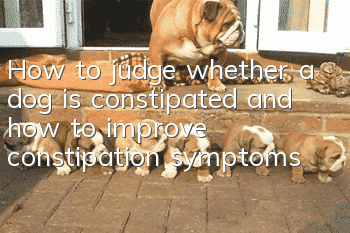Shetland’s entry criteria

Shetland’s entry standards:
1. Shetland’s shoulder height is about 13 to 16 inches. The measurement of shoulder height refers to the vertical distance from the top of the shoulder blades to the ground when the dog is standing naturally with the forelimbs parallel to the vertical line. Overall, the length of the body (the distance from the front of the shoulder blades to the end of the pelvis) appears slightly long. The length of the body should be due to the appropriate width and angle of the shoulders and hips, while the back itself is rather short. Once the shoulder height is exceeded or insufficient, it will be defined as disqualification.
2. When the Shetland head is viewed from above and side, the shape of the head is a long and blunt wedge, gradually tapering from the ears to the nose.
3. Shetland’s expression usually appears alert, elegant, intelligent and questioning. When facing strangers, the eyes show alertness and reservation, but never fear.
4. Shetland’s eyes should be medium in size, dark in color, almond-shaped, and slightly slanted. Except for marble dogs, whose eyes are allowed to be blue or marble, the other Shetland's eye colors must be dark black. Shetland's ears are relatively small and flexible, set high, 3/4 upright, and the tips are folded forward. When at rest, the ears are folded back and tumbled into the feathering.
5. Shetland’s neck muscles are well developed and long enough to hold its head proudly. The back should be level and muscular, neither too long nor too short. At the same time, the Shetland's waist should be slightly arched and the hips should gradually slope back. The hip bones are at a 30-degree angle to the spine. If the croup is higher than the withers, if the croup is too flat or too steep, it will be disqualified.
6. The Shetland's tail is quite long. When its tail hangs down along the hind legs, the end of the tail vertebra can extend at least to the hock joint. When it is resting, the posture of the tail is straight down, or slightly bent. The tail is usually raised when he is alert, but never higher than the back. Short tails and twisted tail ends will be disqualified.
- Why do dogs like to bark? How to train a dog not to bark?
- How to treat canine distemper in Belgian Shepherd Dogs
- Signs of depression in dogs
- Is erythromycin eye ointment effective for dogs?
- How to use dog ear drops
- How to lose weight for golden retrievers
- Steps and Basics of Training a St. Bernard Dog
- What is cynicosis? Prevention and treatment methods of cynicosis
- What should I do if my pet dog Husky has body odor?
- How to prevent dogs from chewing things



